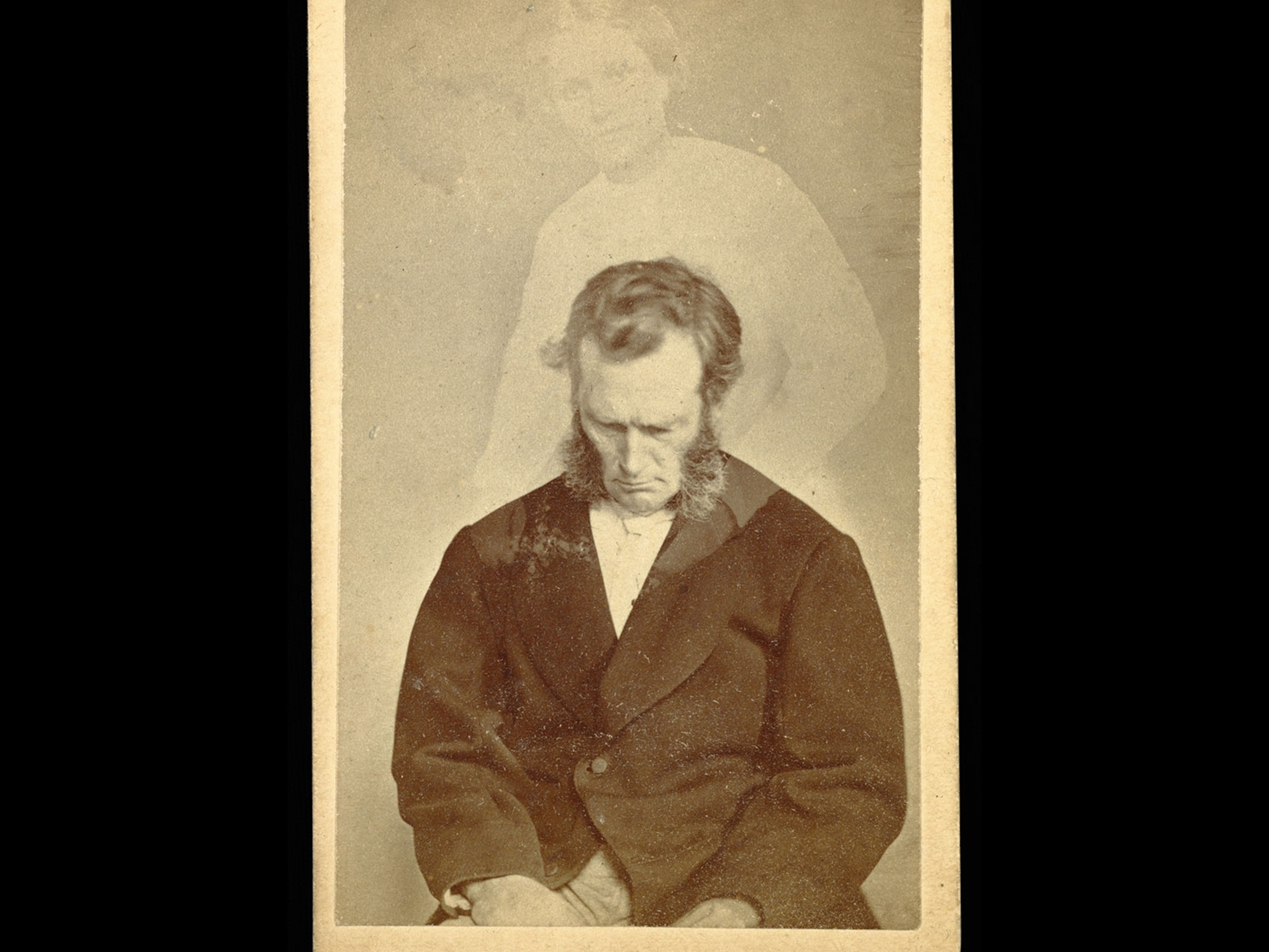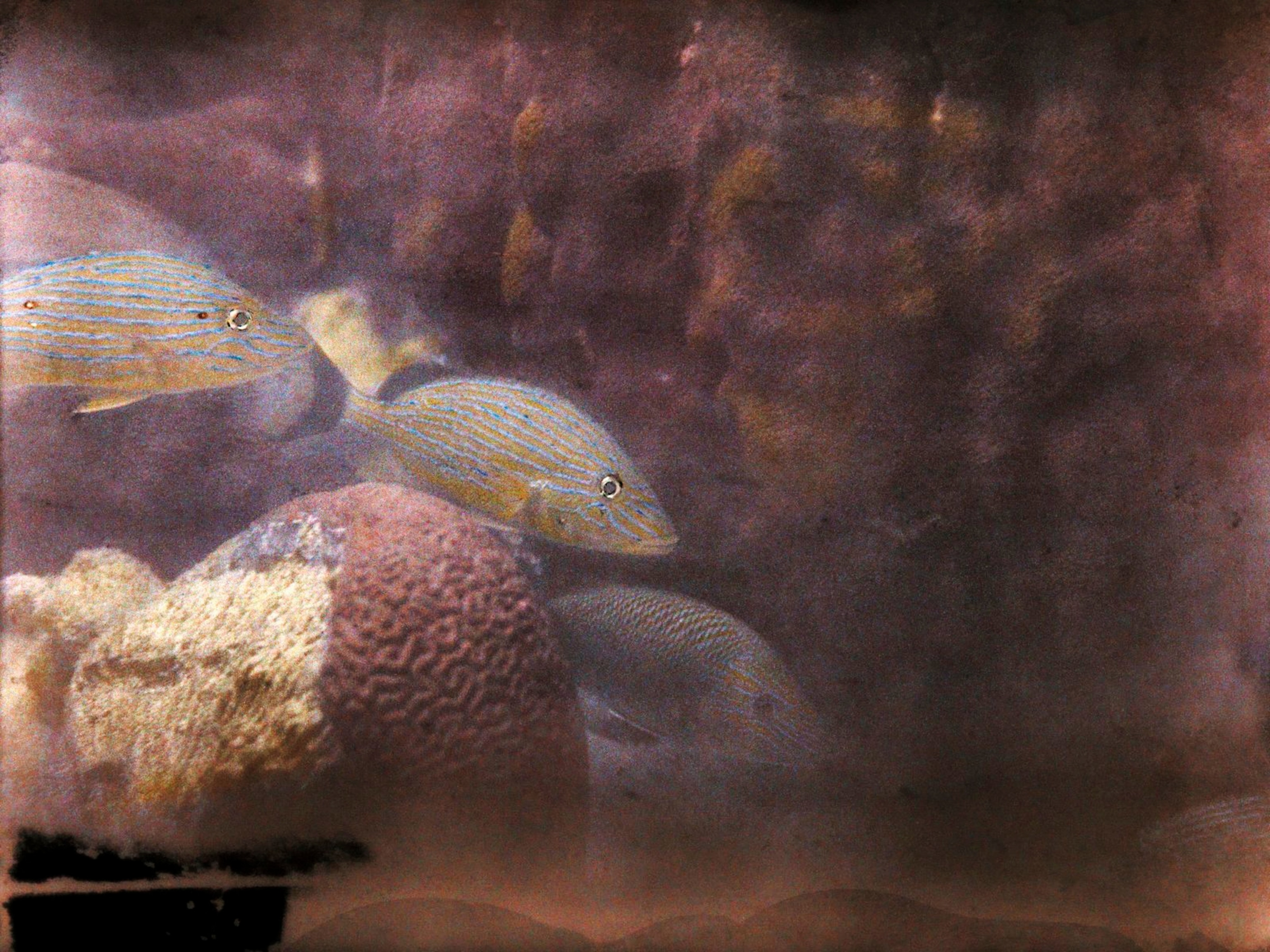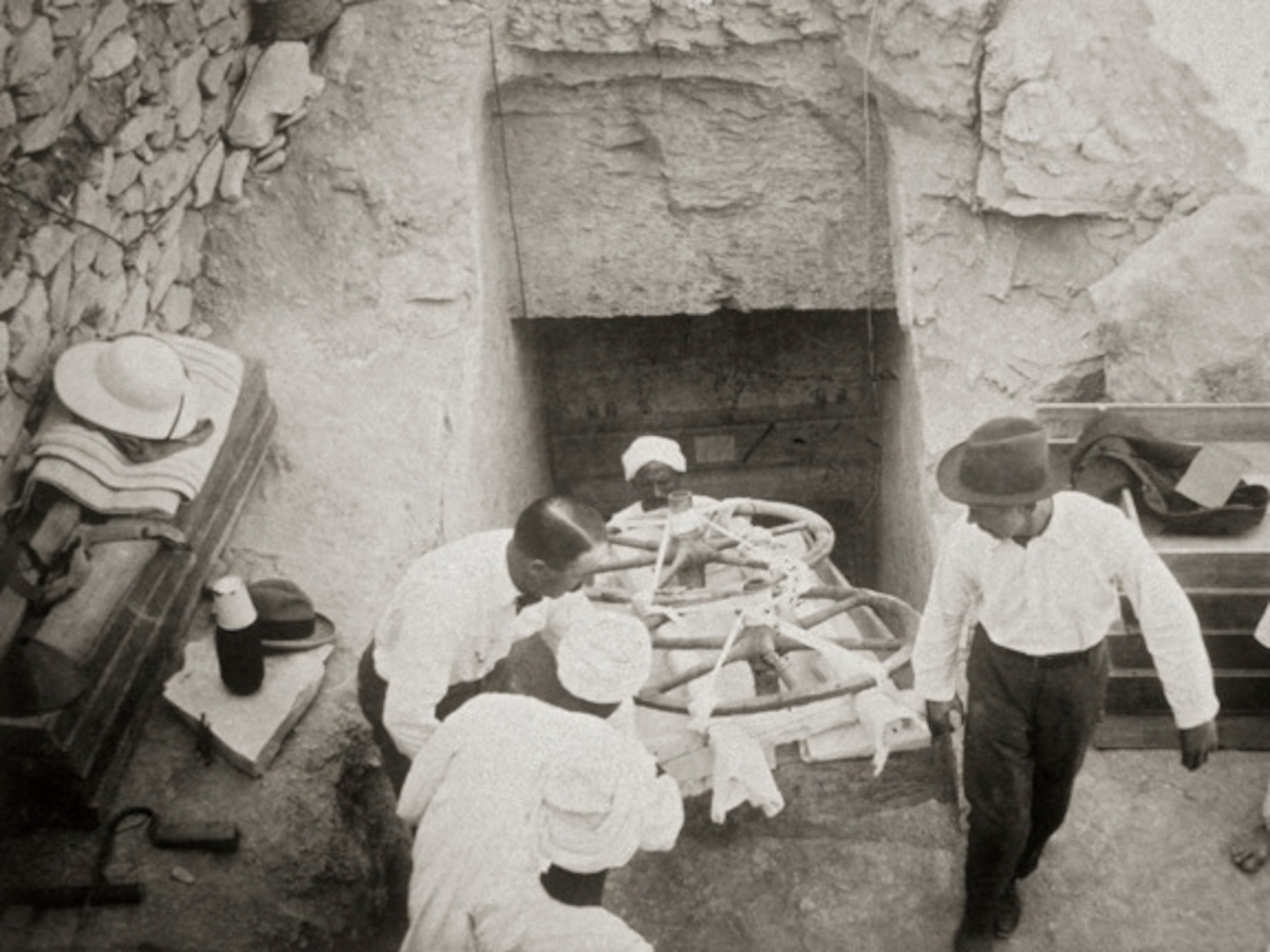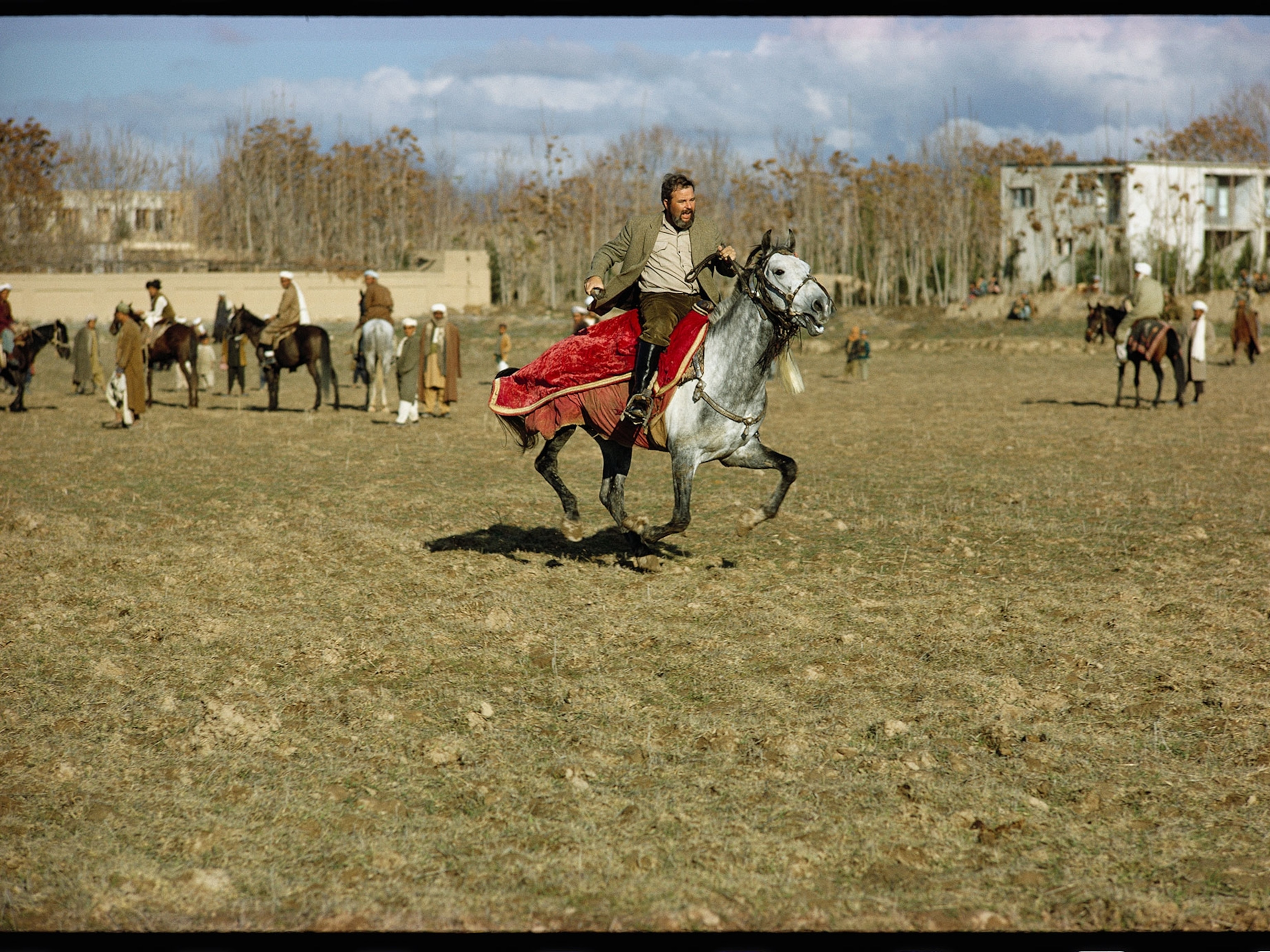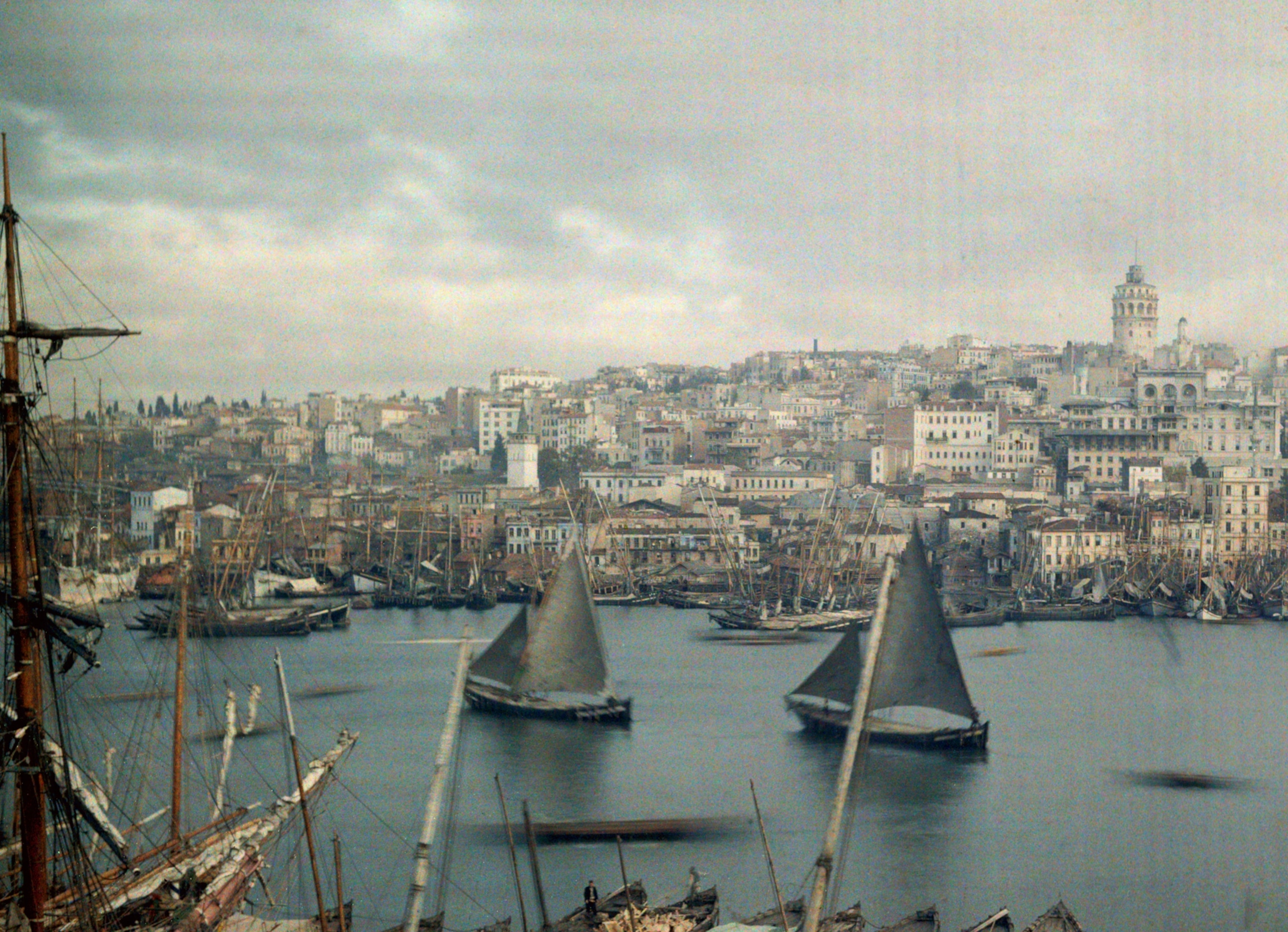
Picture Archive: Constantinople in Color, 1923
Before it became Istanbul, Constantinople crowned the Roman and Ottoman Empires.
It's Istanbul, not Constantinople, that straddles the Bosporus Strait today. But more than half a millennium ago—on May 29, 1453—it was Constantinople, then the last bastion of the Roman Empire, that fell to Ottoman Turks.
It was also in its incarnation as Constantinople that the city was declared the capital of the Roman Empire by Emperor Constantine in 330 A.D. Before that, the site was a Greek village called Byzantine.
The new capital had much to recommend it. It was easier to defend than Rome since it jutted out on the water, it had seven hills just like Rome—and it had a Christian population, the preference of the Emperor.
The strait's Golden Horn, seen here, divides the city in two. The Galata Tower, built by Genoans in 1348, presides over the picture. It replaced the Tower of Galato—known as the Megalos Pyrgos, or "Great Tower"—that was largely destroyed by Catholic crusaders in 1204. Situated at the entrance to the Golden Horn, the first tower was more than a vertical ornament: A monstrous chain stretched from the tower to the city's northern side, preventing unwanted ships from entering the inlet.
The chain succeeded in holding sackers at bay all but three times: In the tenth century, Vikings hauled their longships out of the Bosporus, through the neighborhood of Galata, then relaunched them in the Horn. In 1204, Venetian ships broke the chain with a battering ram. And in 1453, Ottoman Sultan Mehmed II towed his ships across Galata over greased logs, leading to the Ottoman victory by allowing between 100,000 and 200,000 Ottoman troops to reach Constantinople and eventually breach its 12 miles of walls and lay siege to the city.
In 1923—the same year this autochrome photo was taken by National Geographic staff photographer Jules Gervais-Courtellemont—the Ottomans were overthrown and Constantinople became part of the modern Republic of Turkey, though divested of its capital status.
Seven years later, Constantinople officially became known as Istanbul, an ancient Greek name that means simply "the city."


